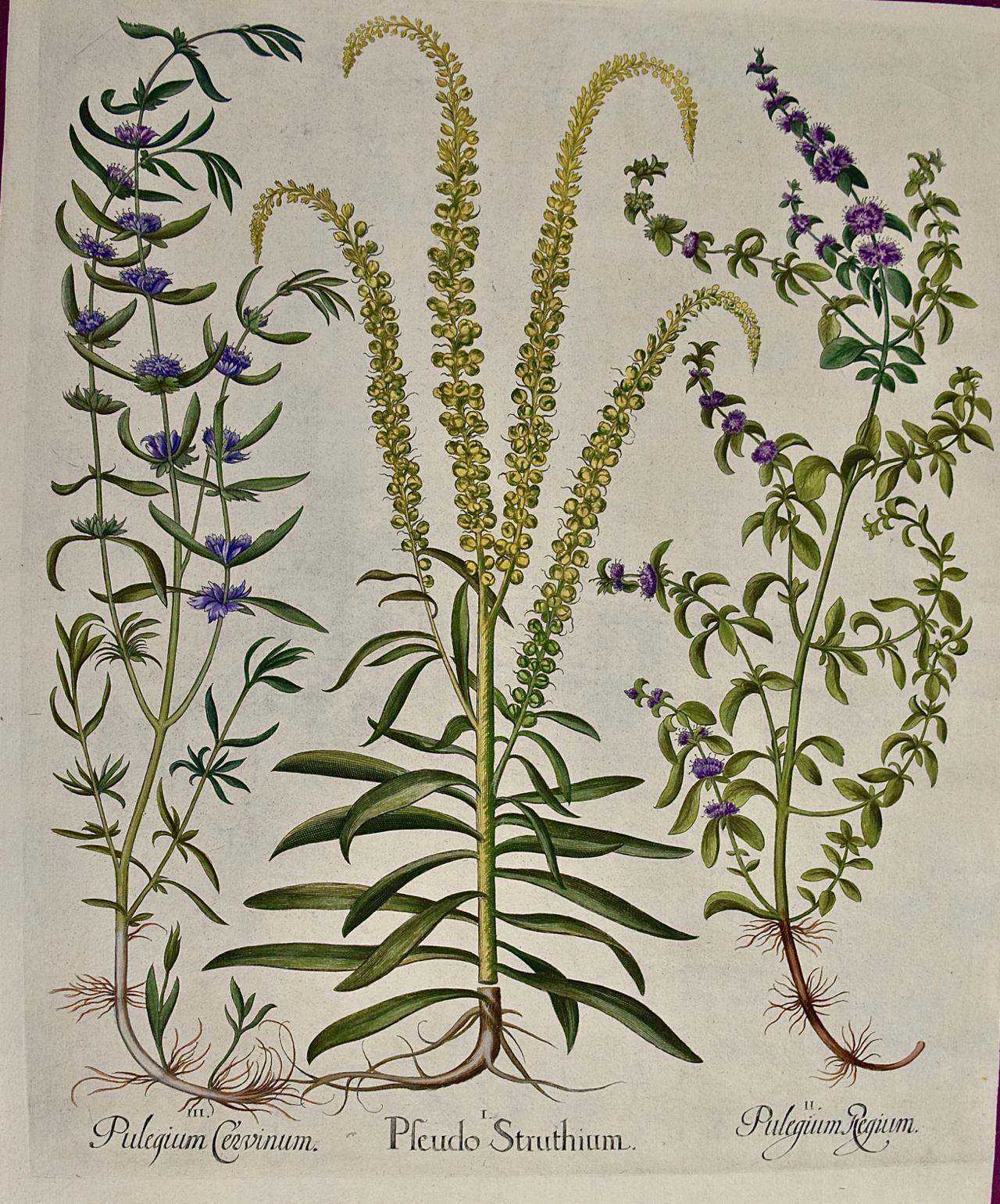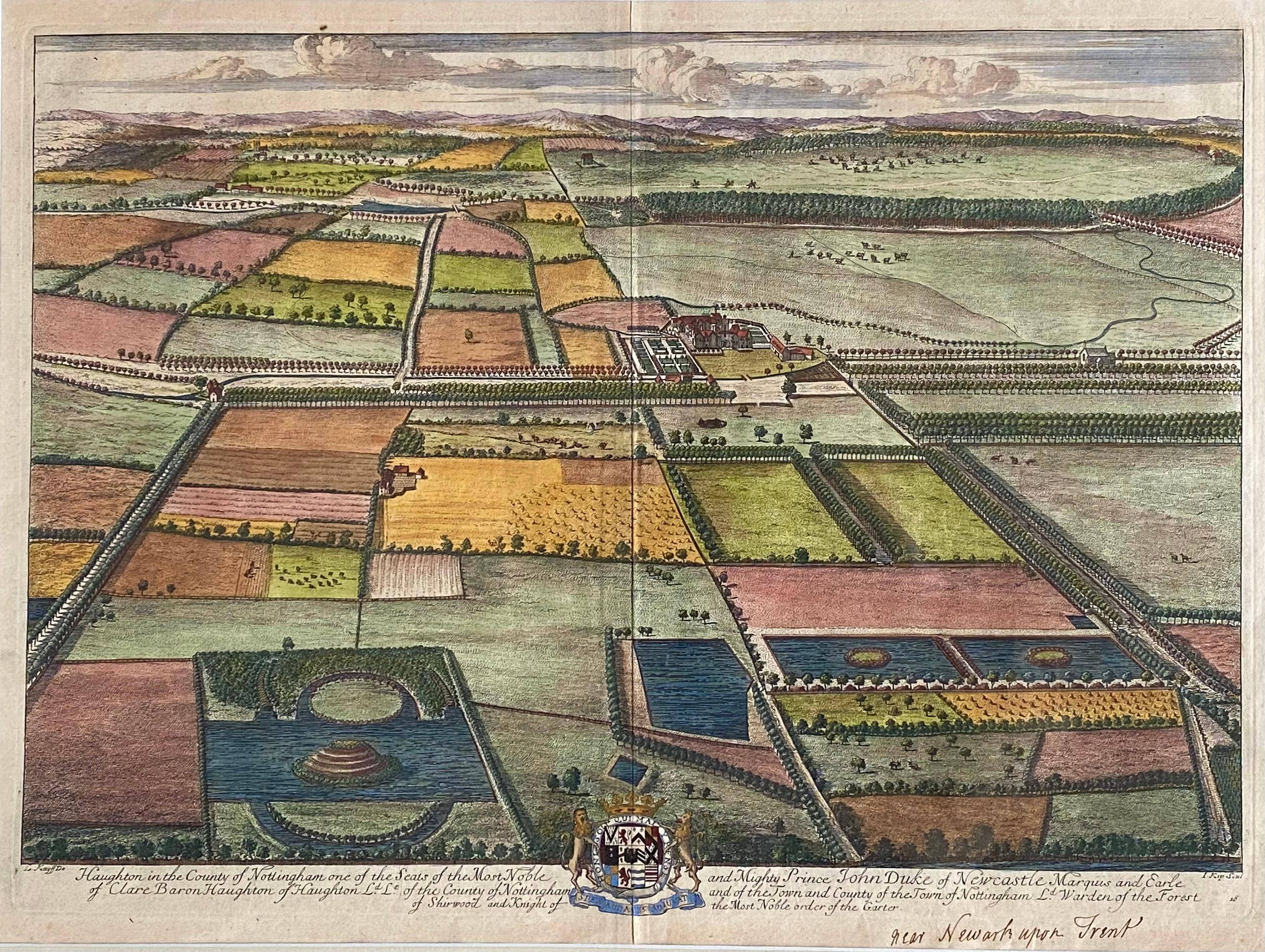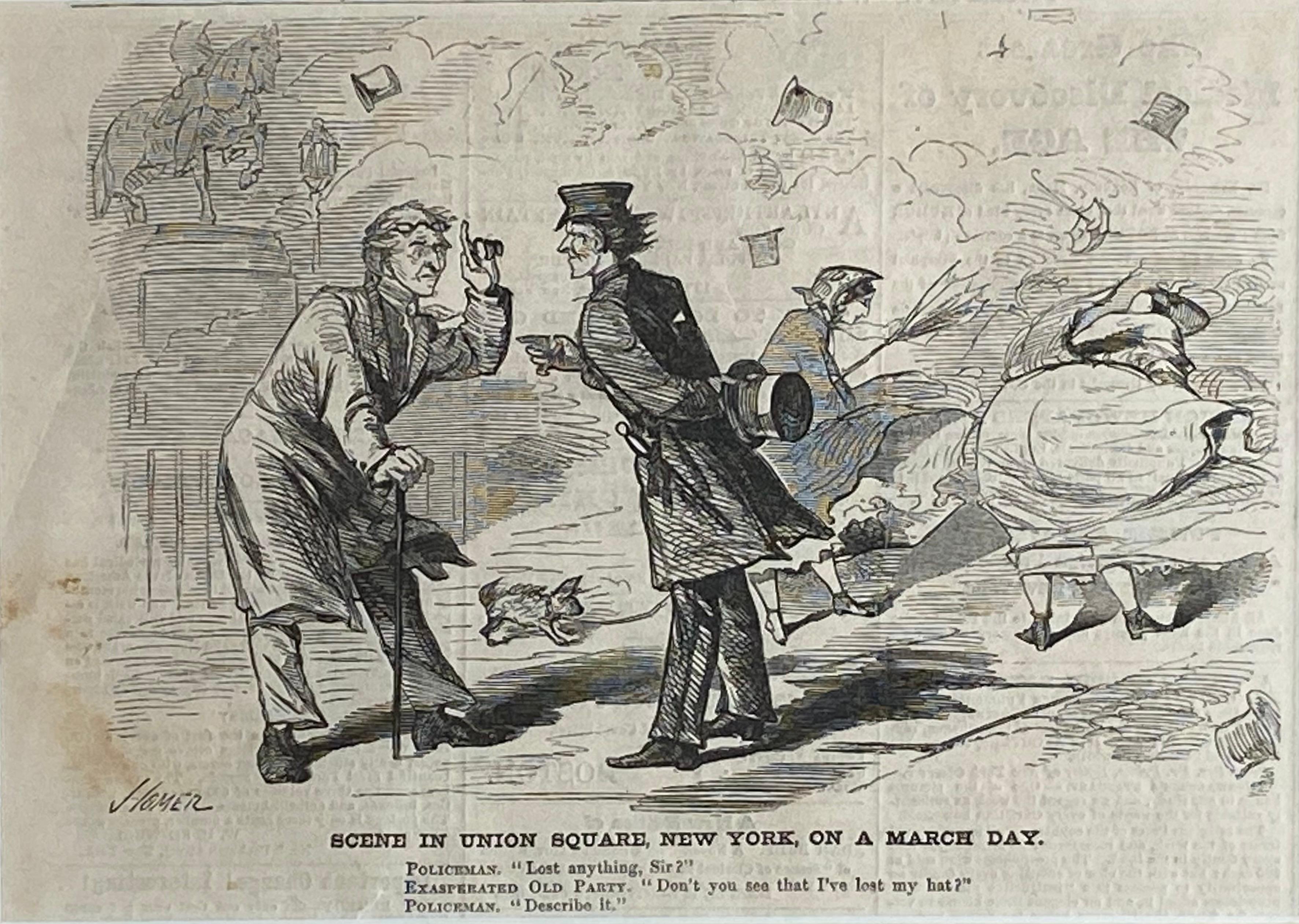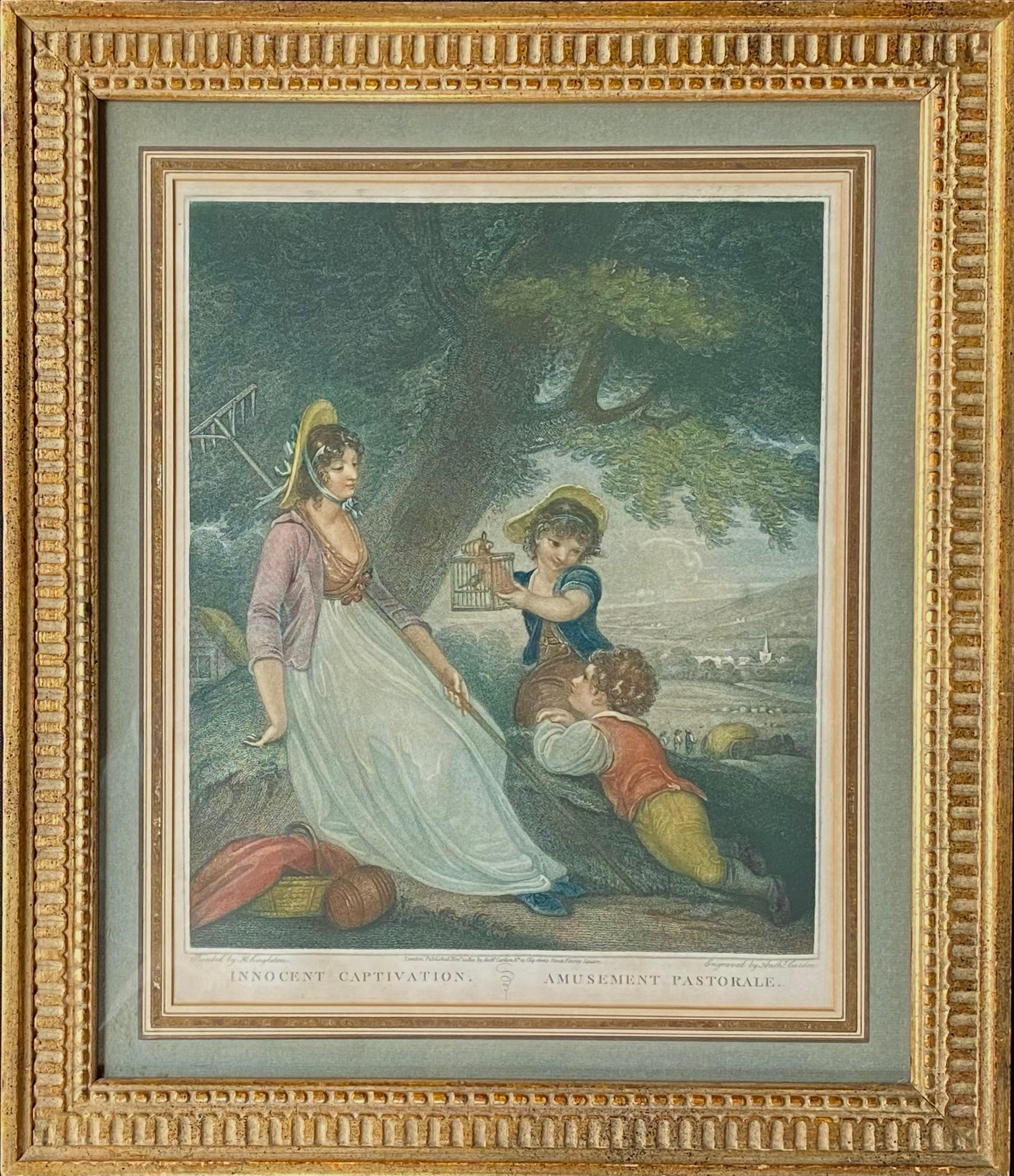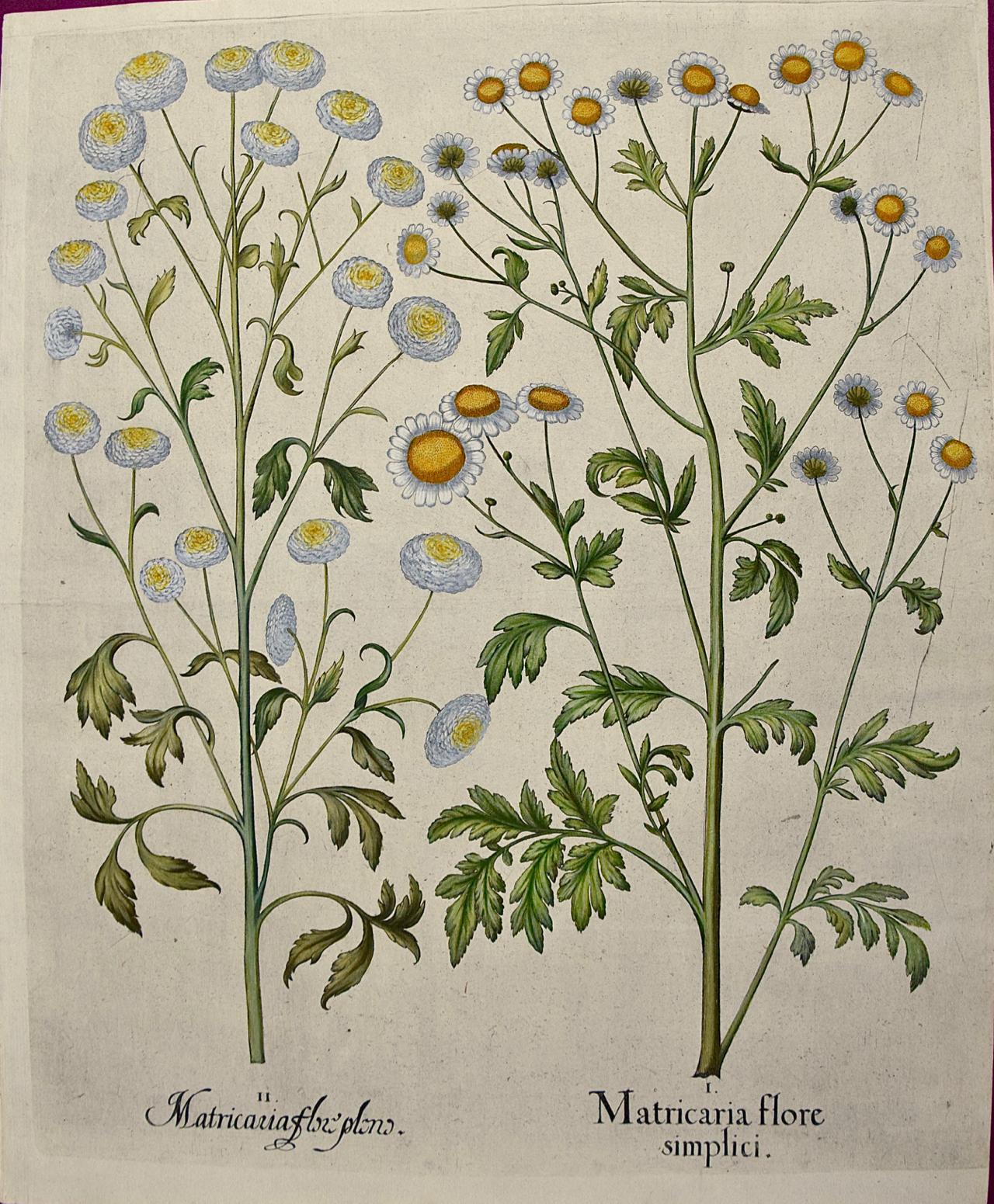Items Similar to Pistachio
Want more images or videos?
Request additional images or videos from the seller
1 of 6
Johann Christoph VolkhamerPistachio1708
1708
About the Item
JOHANN CHRISTOPH VOLCKAMER (1662-1744).
Nurnbergische Hesperides,
Oder Grunliche Beschreibung der Elden
Citronat, Citronen,und Pomerantzen Fruchte.
Drawn by Decker and Volckamer.
Engraved by Glotsch, Kenckel, Krieger, Montalegre, Pfan and Steinberger.
Engraving with later hand-color.
Nuremberg, 1708.
115 plates Vol I, 132 plates Vol II ( 1714).
Of all fruit-bearing trees, orange and lemon trees were the most attractive to seventeenth and eighteenth century botanists, gardeners, art lovers and painters. Orangeries were tremendously popular--almost every residence, palace, botanical garden and university possessed one--and, exotic and sweet-smelling, they became a favorite area for strolling, painting, and contemplation. Versailles, Fontainebleau and Meudon favored orange, lemon, pomegranate and jasmine grown in pots or wooden tubs placed around their terraces and flower beds. Rare plants and fruits cultivated in conservatories were the pride of their owners and gardeners.
The marvels of these gardens were often recorded to immortalize the successes of the collections. Volckamer, who was a wealthy Nuremberg merchant, had a fine orangery, and engaged a variety of artists and engravers--among the latter being Paul Dedker--to execute his plates, which were uncolored and later finished by hand. The plates are most interesting and unique as the fruit is depicted on a large scale at the top of the plate before a background of a view of a garden, building, landscape or village. Some views of small town gardens show very clearly details of the formal gardens and were valued highly for this information alone. Clearly influenced by Ferrarius, Italy, 1646, the fruit are tied up with ribbons as though for country dances through the streets. Drawn in gouache and watercolor, sometimes on a leafy branch, the ribbons bearing the name of each species were added in the final engravings. Generally the fruit was shown whole or cut in two horizontally to highlight its flesh and seeds. These species, their size, shape, color, frangrance and taste, made them unique and exotic to a world hungry for information of foreign lands.
Truly an extraordinary work, its value is tri-fold: the charming landscapes and architecture; the fruits themselves; and, most notably, their eccentric presentation.
Reference: Great FlowerBooks 1700-1900. Sitwell. Atlantic Monthly Press. NY, 1990.
Flower & Fruit Prints. Dunthorne. Da Capo Press. Washington, D.C., 1938.
- Creator:Johann Christoph Volkhamer (1644 - 1720, German)
- Creation Year:1708
- Dimensions:Height: 24 in (60.96 cm)Width: 20 in (50.8 cm)
- Medium:
- Movement & Style:
- Period:
- Condition:Clean, crisp image. Framed to museum specifications using archival matting, backing, hinging. Linen matting. Glazed with ultra-violet filtering Plexiglas.
- Gallery Location:Florham Park, NJ
- Reference Number:
Johann Christoph Volkhamer
Johann Christoph Volckamer (1644-1720) was a renowned botanical artist whose exquisite illustrations and detailed engravings captured the beauty and intricacy of the plant kingdom. Born in the early 17th century, Johann Volckamer hailed from the city of Nuremberg in Germany. While not much is known about his early life, his passion for botanical art soon propelled him into the realm of fame and recognition. Volckamer's artistic talent and keen eye for detail were evident in his botanical illustrations. He meticulously depicted various species of plants, flowers, and fruits, showcasing their vibrant colors, delicate structures, and natural elegance. His artworks not only possessed aesthetic appeal but also served as valuable scientific records of botanical specimens. One of Volckamer's notable achievements was his renowned work titled "Nürnbergische Hesperides" (Nuremberg Hesperides). Published in the early 18th century, this ambitious project comprised three volumes of meticulously hand-colored copperplate engravings. It showcased a remarkable collection of citrus fruits, including oranges, lemons, and other citrus varieties, as well as accompanying flowers and leaves. The vivid and lifelike depictions of these fruits made the publication highly sought after by collectors, botanists, and horticulturists of the time. Volckamer's botanical illustrations were highly regarded not only for their artistic merit but also for their scientific accuracy. His attention to detail and commitment to capturing the true essence of each plant earned him acclaim within the botanical community. His works were highly regarded by renowned botanists and scholars of the era, including his contemporaries such as Carl Linnaeus. Although much of Volckamer's life remains shrouded in mystery, his contributions to the field of botanical art continue to inspire and captivate art lovers and scientists alike. His artworks serve as a testament to his talent, passion, and dedication to the exploration and celebration of the natural world through the lens of art. Today, Volckamer's works can be found in prestigious art collections and museums, preserving his legacy as a masterful botanical artist.
About the Seller
5.0
Vetted Seller
These experienced sellers undergo a comprehensive evaluation by our team of in-house experts.
1stDibs seller since 2014
164 sales on 1stDibs
Typical response time: 2 hours
- ShippingRetrieving quote...Ships From: Florham Park, NJ
- Return PolicyA return for this item may be initiated within 1 day of delivery.
More From This SellerView All
- XIV. Etruscan UrnBy Sir William HamiltonLocated in Florham Park, NJ...Etruscan, Greek and Roman Antiquities.... Hamilton, Sir William. 1730 – 1803. Collection of Etruscan Greek and Roman Antiquities from the Cabinet of the Hon. W. Hamilton. 4 vols. Naples, 1766-7. D’Hancarvills, sculpt. Aquatint Engravings in Black and Terra Cotta Inks. Finishing in Original Hand-Color. In 1764, Sir William Hamilton arrived in Naples to take up his new appointment as British Envoy Extraordinary to the Bourbon Court of King Ferdinand IV. At the time of his arrival, Italy was still a largely untapped field of archaeological discovery and there was ample opportunity for the private individual to amass a collection or 'cabinet' of classical antiquities at relatively little expense. The sites of the buried cities of Pompeii and Herculaneum, although now under Royal control, were still being only haphazardly excavated and were openly vandalized. Hamilton himself complained of the fact, but also seems to have taken advantage of it. Hamilton's first collection was in fact acquired by the British Museum in 1772 where it formed the foundation of the now great collection of Greek and Roman antiquities. This was the first major collection of Greek vases (or, as they were then known, Etruscan) to reach England's shores. "To Hamilton belongs the merit of being the first to appreciate with warmth the severe beauty of their shapes, colouring and drawing, the mingled simplicity and feeling of the designs figured upon them; and it was he who recognized the value of these unpretentious vessels for forming and ennobling modern art-taste". (Adolph Michaelis, Ancient Marbles in Great Britain, Cambridge 1882, p. 110) Hamilton found a worthy ally in Josiah Wedgwood who was setting up a new factory appropriately called "Etruria". Opened in June of 1769, Wedgwood was to use Hamilton's models again and again in his pottery with many designs taken directly from the engravings. Etruscan antiquities...Category
18th Century and Earlier Academic Prints and Multiples
MaterialsEngraving
- Raphael Loggia (Pair). Plate XII. Pilaster Top. Priced as a Pair.By Gaetano SavorelliLocated in Florham Park, NJRAPHAEL. Raffaello Sanzio d’Urbino. (1483 – 1520) Delle Logge di Rafaele nel Vaticano. Gateano Savorelli, artist. (1732- 1791) Ludovico Teseo, draughtsman. (1731-1782) Pietr...Category
18th Century and Earlier Academic Prints and Multiples
MaterialsGouache, Watercolor, Engraving
- Canis (Wolf & Hyena)By John WilkesLocated in Florham Park, NJJOHN WILKES (1750-1810) Encyclopedia Londonensis London, 1801-1828 Copper Plate Engraving Original Hand-Color 9” x11” Unframed At its best, the zoological art of the early n...Category
Early 19th Century Academic Prints and Multiples
MaterialsEngraving
- Lizard Le MabouyaBy Georges-Louis Leclerc, Comte de BuffonLocated in Florham Park, NJGeorge-Louis Leclerec, Comte de Buffon. HistoireNaturell, Generale et Particuliere avec la Description du Cabiner du Roi. Paris, 1749 Drawings by Jacques E. DeSeve. Engravings with l...Category
1740s Academic Prints and Multiples
MaterialsEngraving, Watercolor
- Raphael's Loggia Plate X. Pilaster Top Priced as a pair with Pilaster BottomBy Gaetano SavorelliLocated in Florham Park, NJRAPHAEL. Raffaello Sanzio d’Urbino. (1483 – 1520) Delle Logge di Rafaele nel Vaticano. Gateano Savorelli, artist. (1732- 1791) Ludovico Teseo, draughtsman. (1731-1782) Pietr...Category
18th Century and Earlier Academic Prints and Multiples
MaterialsGouache, Watercolor, Engraving
- Cardium Plate 56 (Shells)By William Wood (b.1774)Located in Florham Park, NJWILLIAM WOOD General Conchology; or, a Description of Shells, arranged according to the Linnean System John Booth. London, 1815. Engravings with Original Hand-Color Tall Oc...Category
Early 19th Century Academic Prints and Multiples
MaterialsWatercolor, Engraving
You May Also Like
- Flowering Peppermint Plants: A 17th C. Besler Hand-colored Botanical EngravingLocated in Alamo, CAThis is a hand-colored copper plate engraving entitled "Pulegium Cervinum, Pseudo Pulegium Struthium, Pulegium Regium", depicting flowering Peppermint, Weld and Pennyroyal plants res...Category
1640s Academic Still-life Prints
MaterialsEngraving
- “Haughton in the County of Nottingham” (Near Newark Upon Trent)By Johannes KipLocated in Southampton, NYAn original hand colored engraving by Johannes 'Jan' Kip (1653-1722) of Haughton in the County of Nottinghamshire, one of the seats of Prince John Duke of ...Category
Early 1700s Academic Landscape Prints
MaterialsEngraving
- “Scene in Union Square, New York on a March DayBy Winslow HomerLocated in Southampton, NYOriginal wood engraving on paper. Taken from Harper’s Weekly, April 7, 1860. Signed “Homer” in the plate. Condition is good. Slight staining lower left. Very slight tear to the l...Category
1860s Academic Figurative Prints
MaterialsArchival Paper, Engraving
- “Innocent Captivation Amusement Pastorale”By Anthony CardonLocated in Southampton, NYOriginal stipple engraving on a verge type of hand laid paper. The overall size of the engraving is 15.75 inches by 12.75 inches The image size of the engraving is 14 inches by 12 i...Category
Early 1800s Academic Figurative Prints
MaterialsEngraving, Laid Paper
- Flowering Feverfew Plants: A 17th C. Besler Hand-colored Botanical EngravingLocated in Alamo, CAThis is a hand-colored copper plate engraving entitled "Matricaria Flore Simplici, Matricaria Flore Pleno, depicting flowering Feverfew and Double-flowered Feverfew plants, from Basilius Besler's landmark work, Hortus Eystettensis (Garden at Eichstatt), first published in 1613 in Eichstatt, Germany near Nuremberg and later in 1640 and 1713. The feverfew plant is also known as featherfew, featherfoil, or bachelor’s buttons...Category
1640s Academic Still-life Prints
MaterialsEngraving
- Flowering Lily Plants: A 17th C. Besler Hand-colored Botanical EngravingLocated in Alamo, CAThis is a hand-colored copper plate engraving entitled "Cataputia Vulgaris, Parietaria Sylvestris, Nummularia", depicting flowering Spanish Nut, Yellow Turk's-cap Lily, Yellow Turk's...Category
1640s Academic Still-life Prints
MaterialsEngraving
Recently Viewed
View AllMore Ways To Browse
Lemon Tree
Antique Fruit Print
Antique Fruit Prints
Black Tub
Nuremberg Print
Lemon Print
Small Botanical Print
Tree Engravings
Print With Lemons
Black Antique Bed
Engravings 1700
18th Century Botanical Plate
Large Antique Botanical Prints
Lemon Garden
Fruit Engraving
Antique Botanical Fruit Prints
Antique Flower Press
Tri Fold
